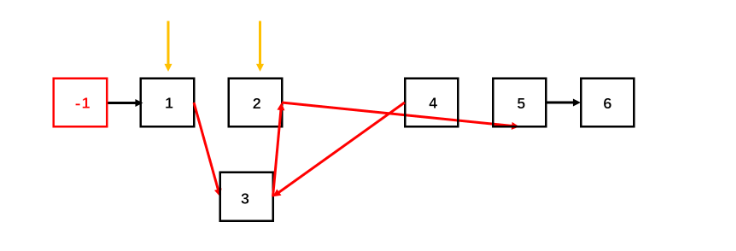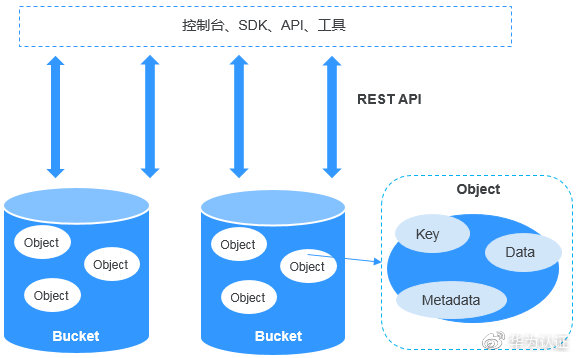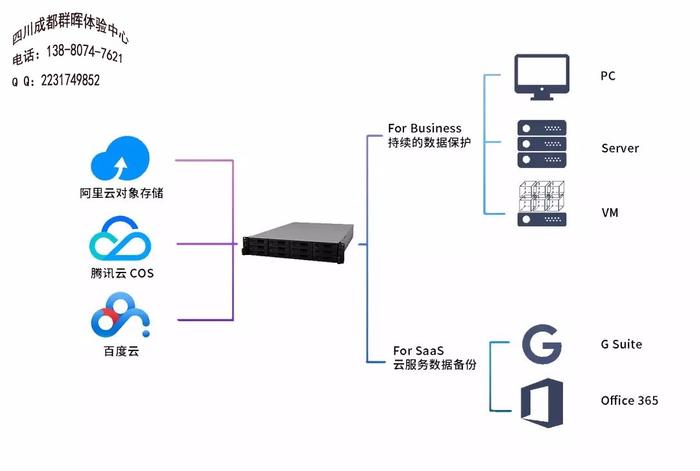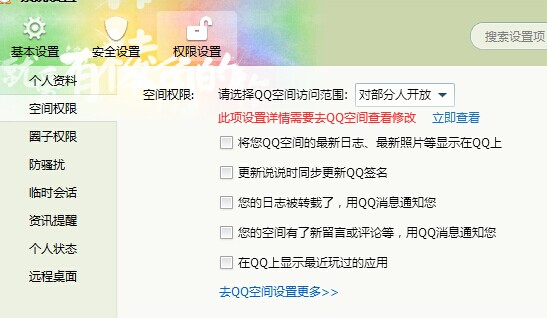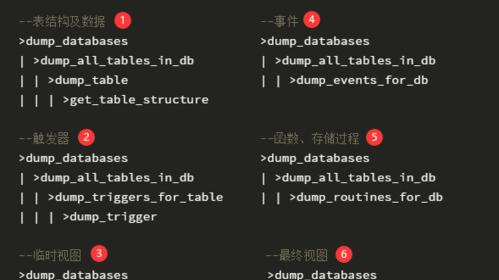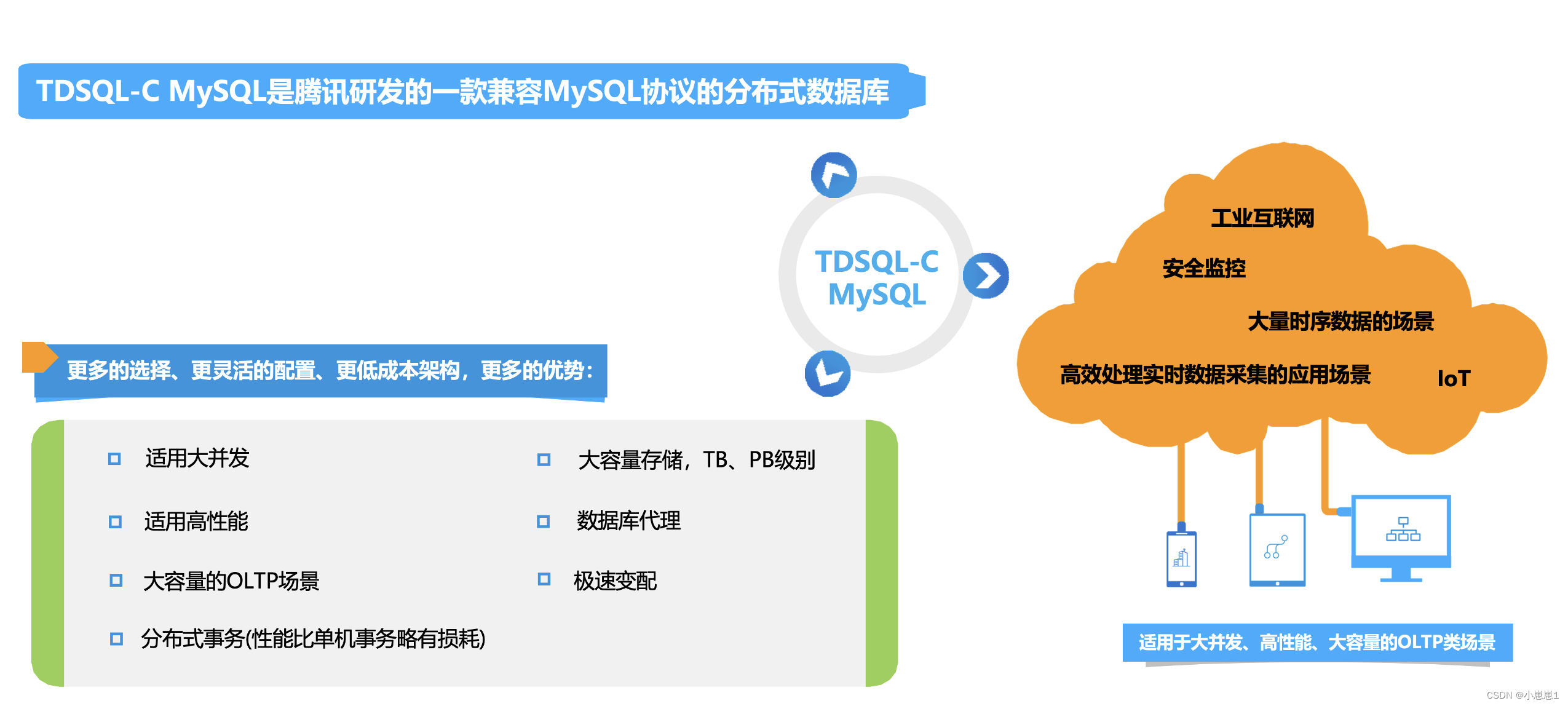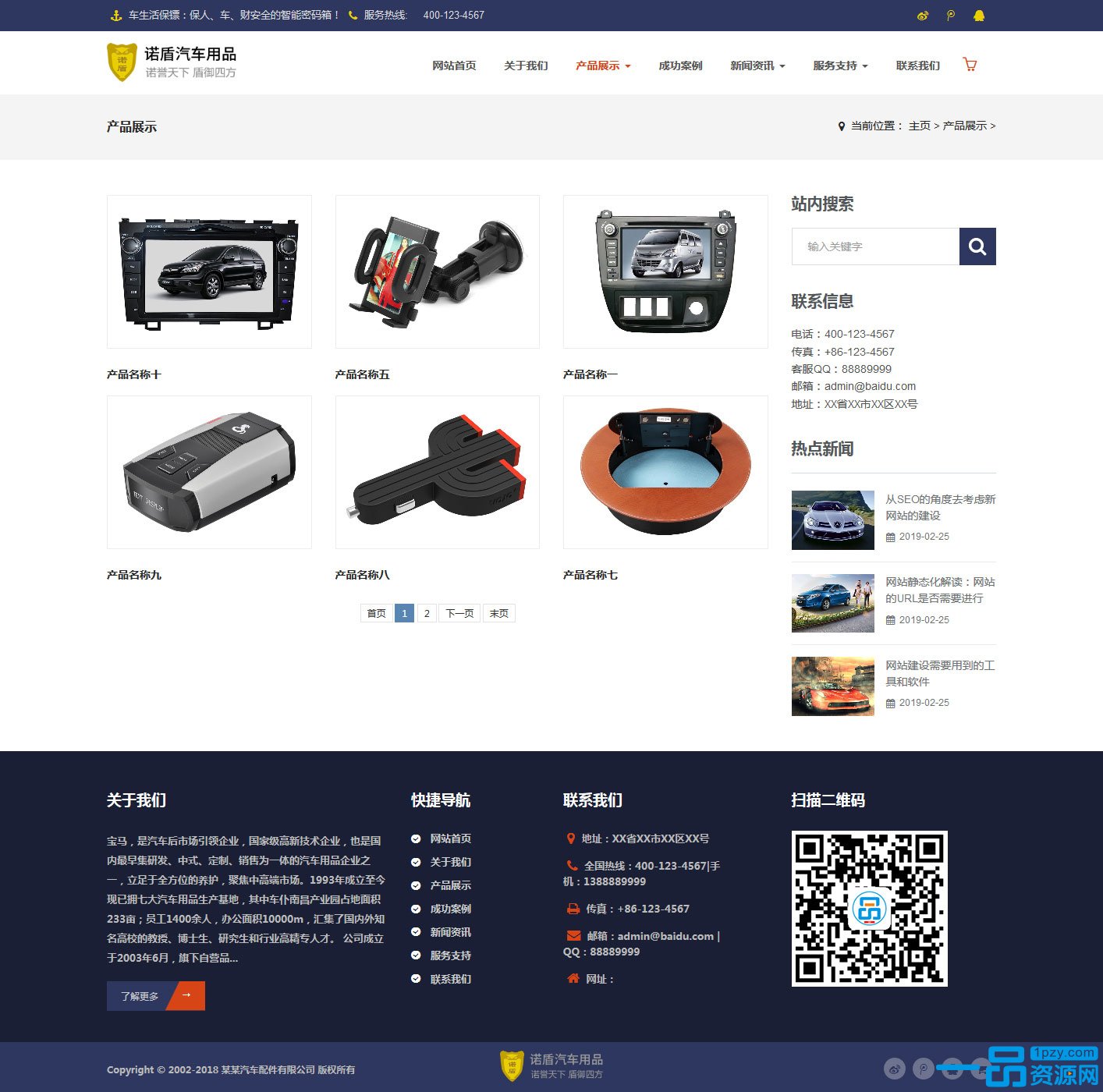上一篇
如何高效创建链表存储类的对象?
- 行业动态
- 2025-05-03
- 1
创建链表存储类的对象时,需定义包含类实例和指针的节点结构体,每个节点动态分配内存,独立存储对象数据及指向下一节点的地址,通过头指针连接各节点,支持插入、删除和遍历操作,实现动态数据管理,避免连续内存限制,提升增删效率及灵活性。
当我们处理大量具有关联性的同类数据时,链表(Linked List)是一种常用的数据结构选择,尤其在面向对象编程中,将类的对象存储于链表中能够有效管理数据间的关系,本文将详细解释如何通过代码实现这一目标,并提供实际开发中的注意事项。
链表的本质与优势
链表由多个节点(Node)构成,每个节点包含两部分:
- 数据域:存储具体对象
- 指针域:指向下一个节点的内存地址
与数组相比,链表的优势体现在:
- 动态内存分配,无需预先定义长度
- 插入/删除时间复杂度为O(1)(在已知位置时)
- 内存利用率更高
类的对象存储实现步骤
假设我们有一个描述学生信息的类:
public class Student {
private String name;
private int score;
// 构造函数、Getter/Setter等
public Student(String name, int score) {
this.name = name;
this.score = score;
}
public String getName() { return name; }
public int getScore() { return score; }
}步骤1:创建链表节点类
节点类需包含两个核心属性:
- 当前节点的学生对象
- 指向下一节点的引用
class ListNode {
Student student; // 存储对象
ListNode next; // 指向下一个节点
public ListNode(Student student) {
this.student = student;
this.next = null;
}
}步骤2:构建链表管理类
实现核心操作方法:
public class StudentLinkedList {
private ListNode head; // 头节点
// 插入新节点(尾插法)
public void insert(Student student) {
ListNode newNode = new ListNode(student);
if (head == null) {
head = newNode;
} else {
ListNode current = head;
while (current.next != null) {
current = current.next;
}
current.next = newNode;
}
}
// 删除指定姓名的学生节点
public void delete(String targetName) {
if (head == null) return;
if (head.student.getName().equals(targetName)) {
head = head.next;
return;
}
ListNode current = head;
while (current.next != null) {
if (current.next.student.getName().equals(targetName)) {
current.next = current.next.next;
return;
}
current = current.next;
}
}
// 遍历显示所有学生
public void display() {
ListNode current = head;
while (current != null) {
System.out.println("Name: " + current.student.getName()
+ ", Score: " + current.student.getScore());
current = current.next;
}
}
}实际应用中的关键要点
对象引用处理
- 每个节点存储的是对象的引用,而非对象副本
- 修改链表中的对象属性时,原始对象会同步变化
内存管理策略
// 清空链表时需手动解除引用
public void clear() {
while (head != null) {
ListNode temp = head;
head = head.next;
temp.next = null; // 帮助GC回收
}
}时间复杂度优化
- 维护尾指针可将尾插法时间复杂度降至O(1)
- 双向链表支持双向遍历,适合需要反向操作的场景
典型应用场景
- 学生成绩管理系统
- 订单处理队列
- 游戏中的单位对象管理
- 浏览器历史记录实现
常见问题排查
| 问题现象 | 可能原因 | 解决方案 |
|---|---|---|
| 空指针异常 | 未检查头节点是否为null | 所有操作前添加空链表判断 |
| 内存溢出 | 未正确解除节点引用 | 实现clear()方法并主动调用 |
| 数据丢失 | 插入时指针指向错误 | 调试时绘制链表结构图 |
进阶优化方向
- 泛型实现:使链表支持任意对象类型
- 迭代器模式:提供标准遍历接口
- 线程安全:添加synchronized关键字
- 持久化存储:结合数据库或文件存储
引用说明:链表基础理论参考《数据结构与算法分析(Mark Allen Weiss著)》,代码实现遵循Oracle官方Java编码规范,内存管理部分依据《Effective Java》第三版建议。



